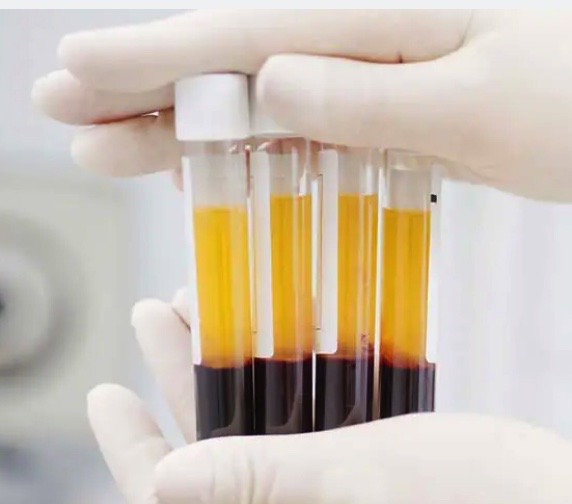Management of oroantral communications using platelet-rich fibrin: our experience

All claims expressed in this article are solely those of the authors and do not necessarily represent those of their affiliated organizations, or those of the publisher, the editors and the reviewers. Any product that may be evaluated in this article or claim that may be made by its manufacturer is not guaranteed or endorsed by the publisher.
Authors
Aims Oroantral communication (OAC) represents an opening between the maxillary sinus and the oral cavity most commonly caused by the extraction of maxillary posterior teeth (80%). The aim of the present study was to evaluate the efficacy and reliability of treating OACs using plasma-rich fibrin (PRF). Also, the most significant recent papers on the topic are briefly summarized in order to compare the surgical procedure and results
Materials and methods A retrospective study was conducted in the Maxillofacial Surgery Unit of the Federico II University of Naples from April 2017 to December 2020. A total of 102 OAC patients with a lesion of a diameter of 5 mm or more were enrolled in the study and surgically treated, 63 patients were treated with PRF alone; 39 patients were treated with a buccal flap or buccal fat pad.
Results Locoregional healing of the surgical area was observed between 3 and 4 weeks in all patients, no recurrences were recorded. At 6 months the mucous membrane of the maxillary sinus is completely regenerated and resumes normal muco-ciliary functions.
Conclusion Surgical treatment of OAC with PRF is a less invasive surgical technique than using mucous flaps or buccal fat pad. PRF is an autologous material that contains growth factors and allows to preserve the height of the vestibular sulcus. The results of our study showed that PRF can be easily performed and guarantees excellent results in the treatment of OACs with a diameter equal to or greater than 5 mm with a low risk of complications.
How to Cite

This work is licensed under a Creative Commons Attribution-NonCommercial 4.0 International License.











